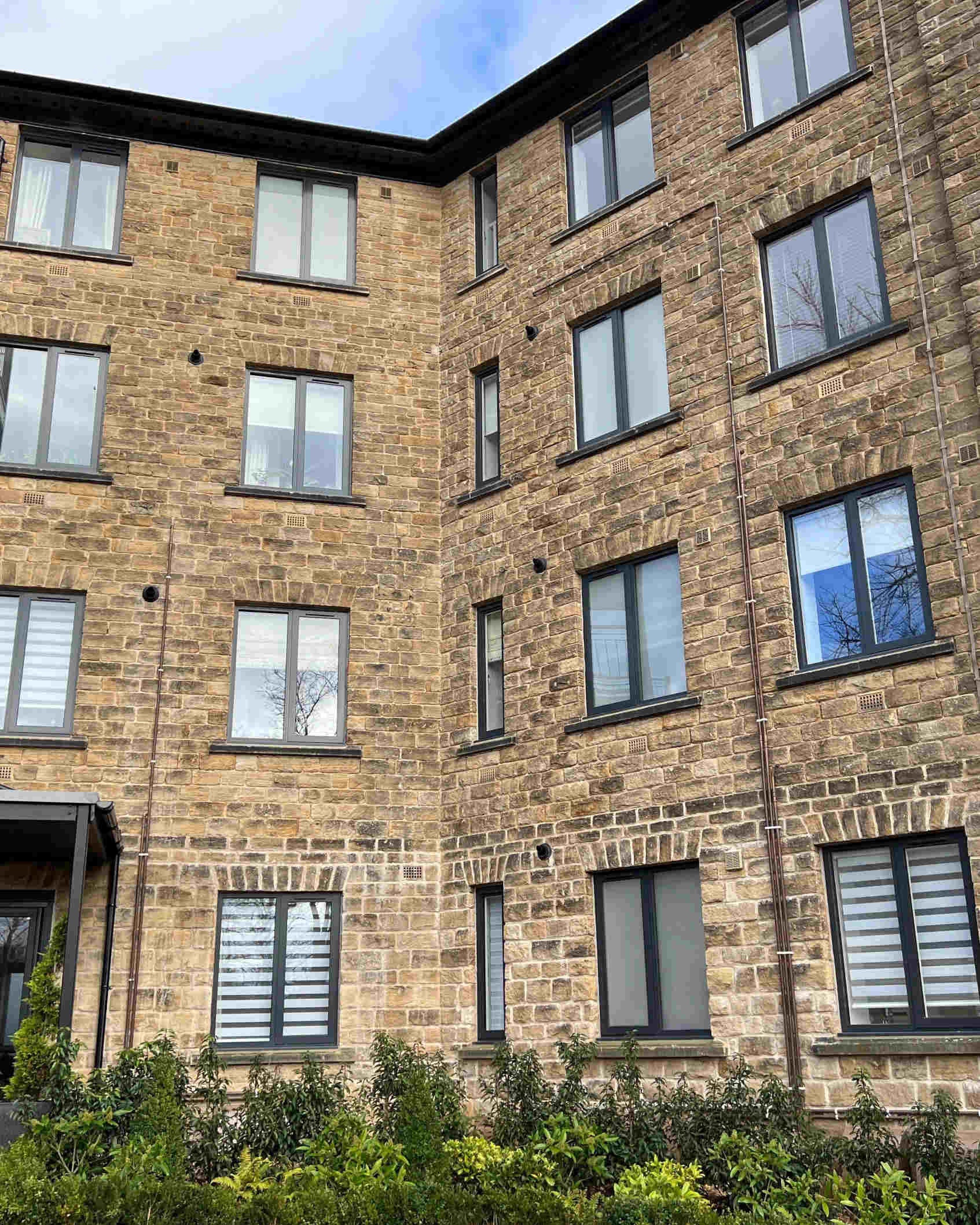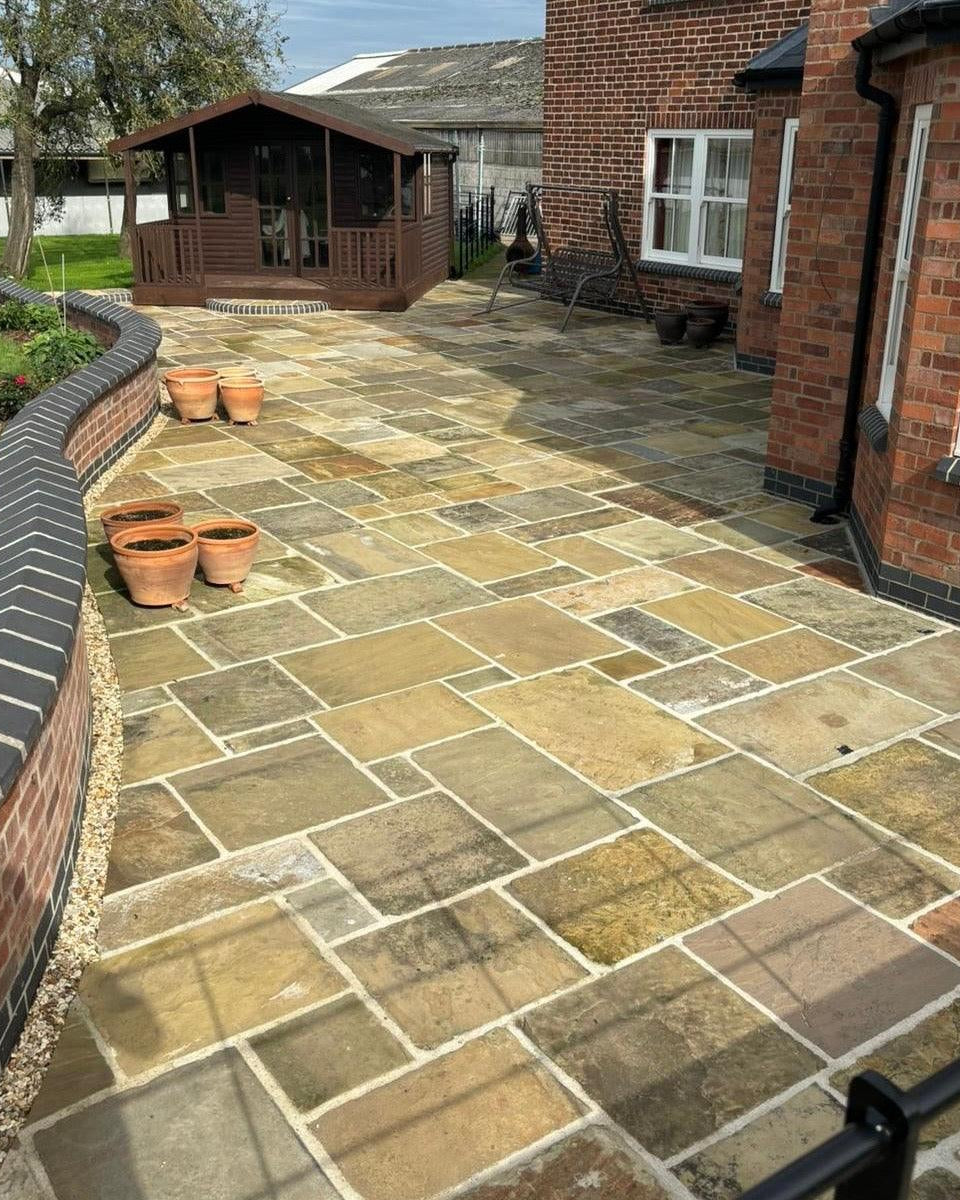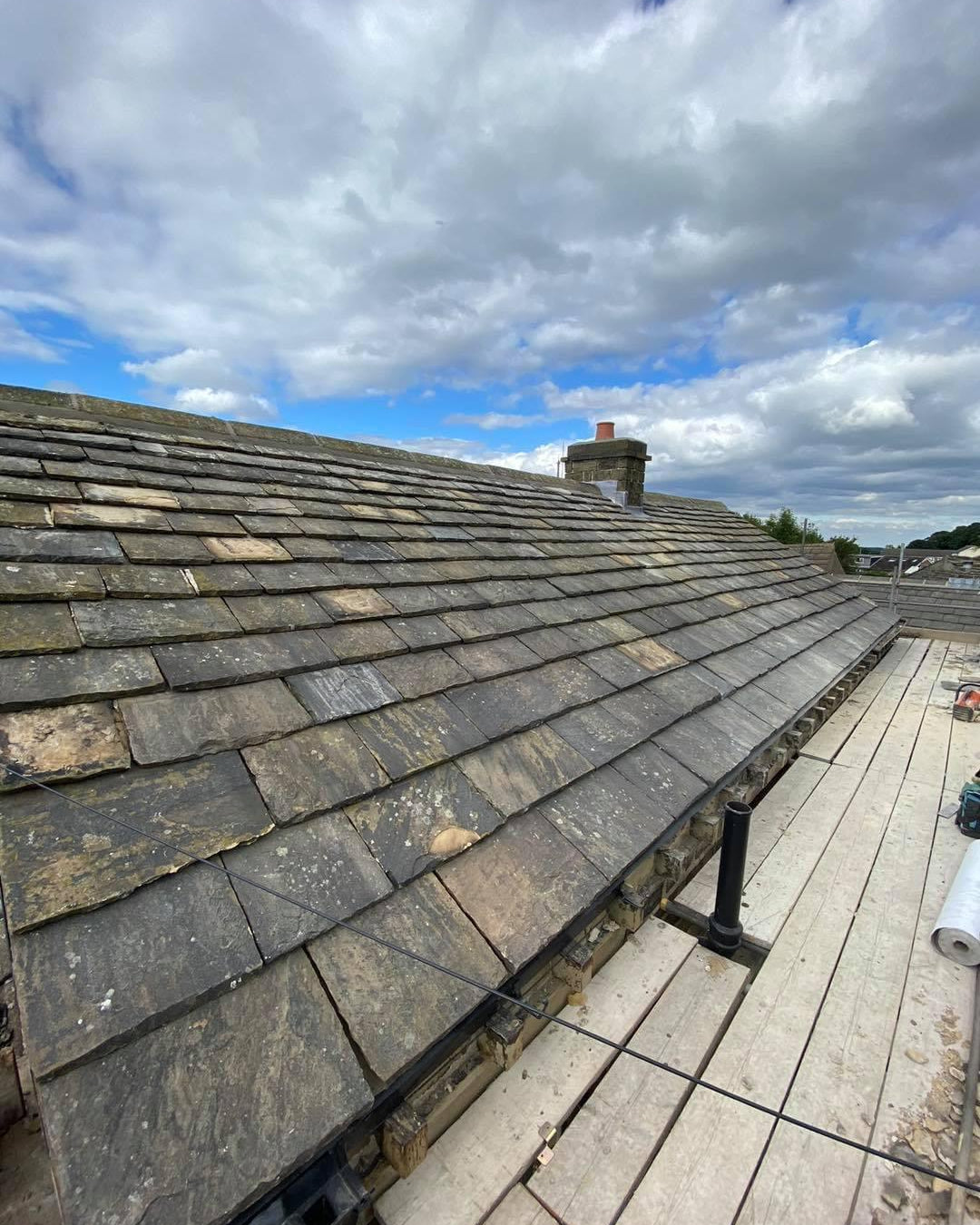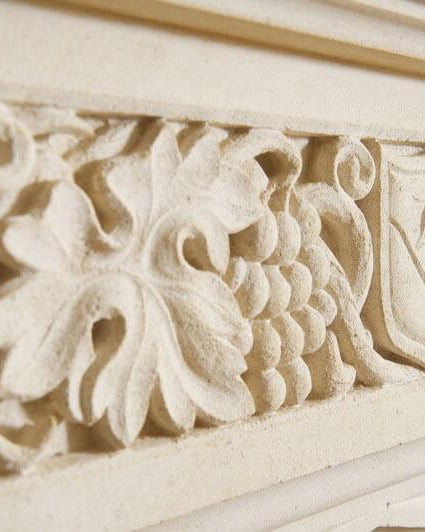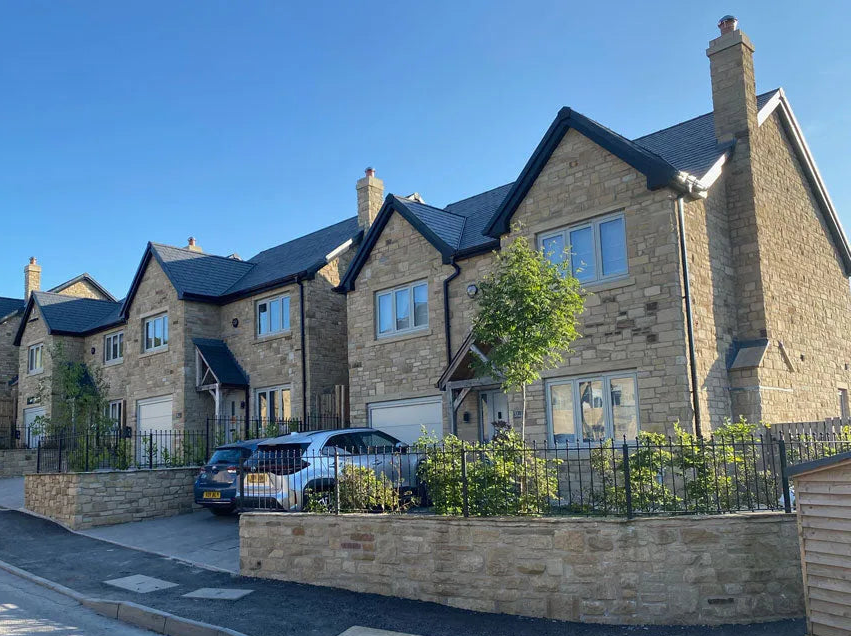Why Reclaimed Stone Is a Natural Fit for ESG-Conscious Projects
In today’s built environment, meeting Environmental, Social, and Governance (ESG) criteria isn’t just aspirational; it’s becoming a non-negotiable requirement for developers, specifiers, and investors. Reclaimed stone presents a powerful opportunity to address ESG concerns with integrity and impact.
At Britannia Stone Company, our experience shows that specifying reclaimed Yorkstone or other salvaged stone not only lowers carbon and waste — it also preserves heritage, supports local livelihoods, and aligns with industry-leading governance practices.
Environmental: Lowering Carbon & Reducing Waste
Reusing reclaimed stone avoids the need for fresh quarrying, processing, and long-haul transport — three of the most carbon-intensive stages in stone production.
In 2024, our reclaimed materials helped divert over 5,800 tonnes of recoded reclaimed building material from landfill. While additional stone-specific data is still being finalised, this already drives meaningful savings in embodied carbon.
Independent lifecycle assessments suggest that reclaimed stone can reduce embodied carbon by up to 75%, and in optimised scenarios, savings may reach 95%, depending on reuse context and logistics.
Social: Preserving Heritage and Supporting Communities
Reclaimed stone is more than a building material—it’s a piece of history. Salvaged from historic structures, it retains character, craftsmanship, and texture that modern production simply can’t replicate.
Each piece:
-
Brings a narrative of place
-
Supports traditional stonemasonry and local labour
-
Adds unique aesthetic and cultural value to projects
-
Reduces the extraction of new natural resources, supporting long-term landscape stewardship
Governance: Enhancing Transparency & Ethical Sourcing
Specifying reclaimed stone supports strong governance by offering:
-
Clear provenance documentation and chain-of-custody transparency
-
Robust evidence for ESG and BREEAM/LEED submissions
-
Confidence in ethical supply chains and reduced material risk
-
Accountability aligned with procurement and sustainability policies
Britannia Stone helps with specification support, performance data, and BREEAM-ready documentation — enabling clients to build greener and smarter, confidently.
Supporting Green Building Standards
Reclaimed stone supports certification across global sustainability frameworks:
-
BREEAM: MAT01 (Lifecycle Impacts), WST01 (Construction Waste), MAN02 (Responsible Construction Practices)
-
LEED v4: Building Life-Cycle Impact Reduction
Using reclaimed material aligns with both environmental targets and institutional ESG frameworks — building resilience for the long term.
Apply Reclaimed Stone in Your Next Project
The journey from vision to execution:
-
Choose reclaimed Yorkstone, setts, or architectural stone for longevity and style
-
Receive documentation to evidence carbon savings and broad ESG alignment
-
Support local skills, preserve heritage, and advance your sustainable design goals
Explore More on Sustainability:
Encapsulated Carbon: Why Reclaimed Stone Is a Low‑Impact Building Choice
Sustainability Hub

